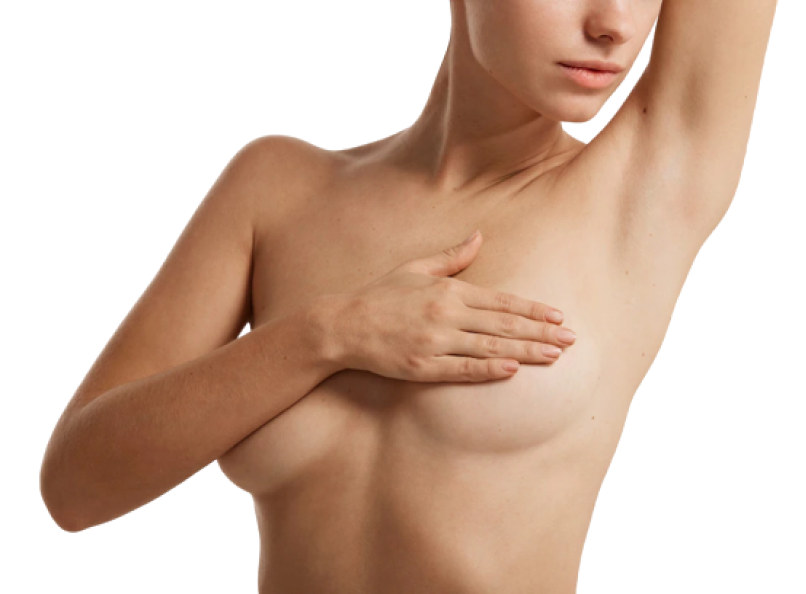
Breast augmentation with your own fat or breast lipofilling is a safe alternative to breast augmentation with implants. The technique of breast augmentation with own fat consists of placing micro-fat grafts in the mammary gland, in order to achieve a natural volume. In addition, this fat comes from other donor areas of the patient herself.
We have been pioneers in Spain in introducing fat grafting with Dr. Coleman’s technique that guarantees the highest survival of the grafted fat and minimizes the incidence of cysts. We currently use different methods to process the fat, depending on the volume we need. Both filtering and centrifugation are necessary to eliminate the remains of broken cells, oil and blood obtained in the liposuction. What we need to transplant are living cells and this processing ensures the quality of the tissue to be transplanted.
It is obviously contraindicated in thin patients with no body fat and in women who want an increase of more than two sizes. The implant pushes and gives projection, fat does not.
Fat is obtained by liposuction from other areas of the body and undergoes preparation to obtain only the intact cells. Originally the process was based on centrifugation, but we now prefer filtration as it seems to increase the number of viable cells that are transplanted.
The fat thus obtained is injected into the breast with very fine and small syringes, so that we inject very small quantities that have a greater probability of survival. This involves depositing thousands of micrografts of less than 2 mm in diameter in the breast, creating a scaffold that increases the volume of the breast. The fat is injected around the breast gland, never inside it.
The degree of cell survival is highly variable, but it is estimated that 70% of the transplanted volume is retained. Each person may respond differently.
Our breast augmentation price range (from approx 6000€) includes:
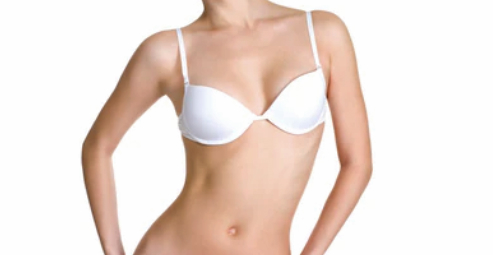
Follow-up and revisions during 1 year included: the revisions include an ultrasound study of the implant, something in which we are pioneers in Spain and we train the rest of the surgeons in the country.
4. Complication insurance: in case of capsular rupture and contracture you do not have to pay any cost in the first 5 years.
5. Fees and clinic: during hospitalization a companion can be with you at no additional cost.
6. Prices without surprises: the price you are given includes everything that has been agreed upon, there are no surprises or later additions.
During the preoperative period to undergo a breast augmentation with your own fat, it is necessary to determine the results you wish to achieve. At Antiaging Group Barcelona, Dr. Jesús Benito Ruiz will determine the best procedure for each case.
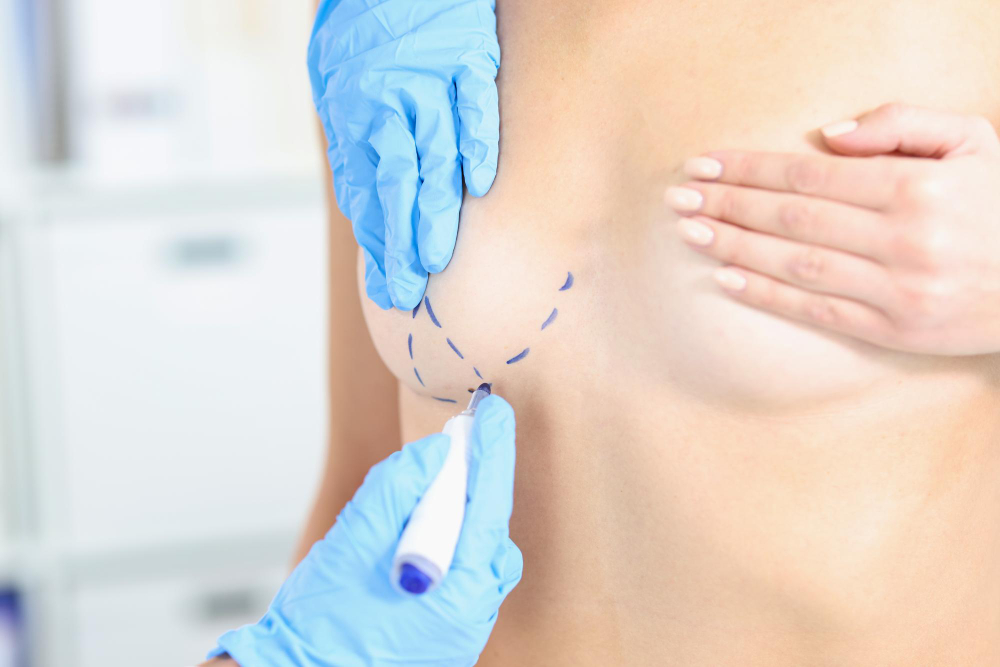
Compared to implants, augmentation with your own fat has very few problems. The most common ones may be related to the liposuction required to obtain it. That is why we are very conservative and only obtain the necessary fat for the transplant, avoiding flaccid areas as much as possible.
The most common local problems are the presence of microcysts and calcifications. They are not of major importance but the mammography specialist should always be advised so that he/she does not misinterpret the images. We always indicate a mammogram before and another one at one year, so that there is clear evidence of the changes that have occurred with the fat augmentation surgery.
For a larger augmentation, we will recommend the use of implants or a combined breast augmentation with implants and your own fat. combined breast augmentation with implants and your own fat. . Currently, the hybrid technique of implants and fat is the one with the best results because it combines the advantages of both procedures.
She always relies on world-renowned specialists in the technique of breast augmentation with fat. The result: a fuller breast without sacrificing total naturalness.
In the immediate postoperative period there is swelling that subsides in a few days. At first the volume is a mixture of the transplanted fat and fluid retention from the surgery. It is important to take this into account because the swelling is reduced in the following months and the volume of the breast decreases. The patient interprets that the fat is being reabsorbed when in fact she is losing fluid, which we call edema. The volume of the breast is considered stable over the period of approximately 4 months. A recent study has determined that on average 50%-70% of the grafted fat survives. The grafted fat cells are part of the breast and the breast looks completely natural.
The volume that can be achieved with this technique corresponds to a bra cup and there is a reabsorption of adipose tissue that is estimated at 30% but it is variable depending on the patient and the type of life they lead after the operation.
Some swelling is to be expected in the first month, which then decreases. After 4 – 6 months there is practically no variation in volume.
It is also normal to have alterations in sensitivity, especially in the lower part of the breasts. This sensitivity is going to recover and may take up to 1 year for full recovery. It is very rare to have a loss of sensitivity in the areola, but not impossible.
In the immediate postoperative period there is swelling that subsides in a few days. At first the volume is a mixture of the transplanted fat and fluid retention from the surgery. It is important to take this into account because the swelling is reduced in the following months and the volume of the breast decreases. The patient interprets that the fat is being reabsorbed when in fact she is losing fluid, which we call edema. The volume of the breast is considered stable in the period of about 4 months. The grafted fat cells become part of the breast and the breast looks completely natural.
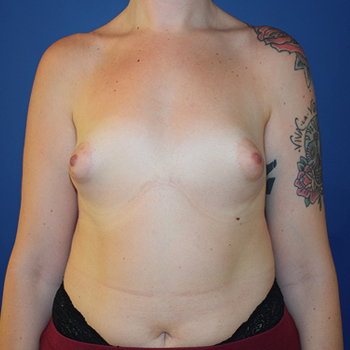
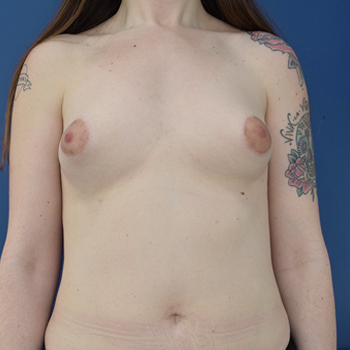
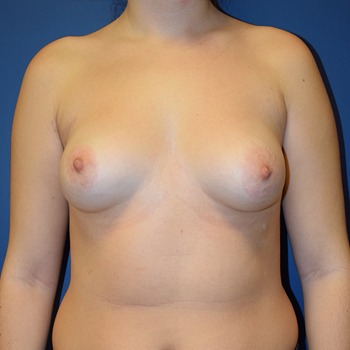
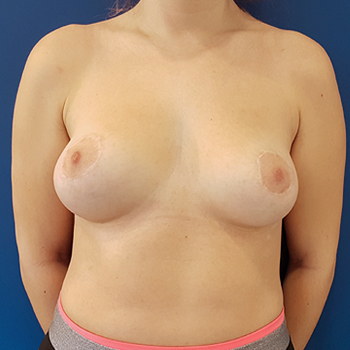
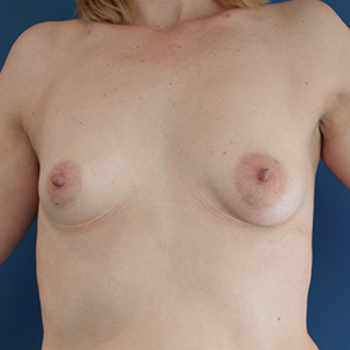
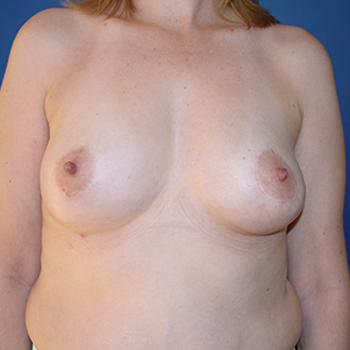
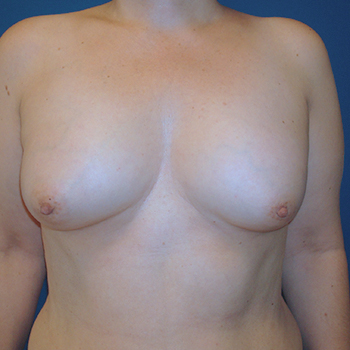
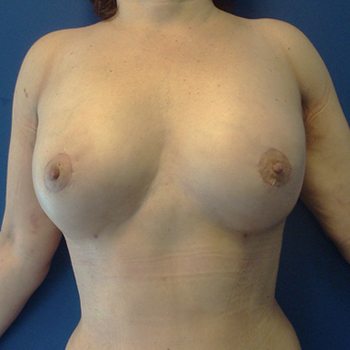
EXCELENTETrustindex verifica que la fuente original de la reseña sea Google. Maravillosa experiencia con la Doctora Salvador!!!Trustindex verifica que la fuente original de la reseña sea Google. Estic encantada! Son els millors!Trustindex verifica que la fuente original de la reseña sea Google. Muy profesionales. El trato es atento y cercano. Los resultados óptimos. He quedado muy satisfecho, los recomiendo totalmente.Trustindex verifica que la fuente original de la reseña sea Google. Es la mejor clínica. Yo fue operado por el Dr. Benito. Durante mucho tiempo elegí una clínica y un médico, dudé. Pero tuve mucha suerte, ¡caí en manos de oro! Estoy muy contenta con el resultado inmejorable. El doctor es un especialista muy atento y elegante. Todo el personal de la clínica es muy agradable. 😊🌟✨💫Trustindex verifica que la fuente original de la reseña sea Google. Muy buena clínica, la doctora Salvador explica todo de manera que sabes que estas en buenas manos.Trustindex verifica que la fuente original de la reseña sea Google. Espectacular resultado gracias al dr.benito y a su equipo🥰Trustindex verifica que la fuente original de la reseña sea Google. Hace más de 15 años que confío en el doctor Jesús Benito. Un gran cirujano y una persona encantadora. Gracias por todos los cuidados !!!!Trustindex verifica que la fuente original de la reseña sea Google. Muy agradecido al Dr Benito por la confianza que se gana y que te ayuda a tomar decisiones. Muy satisfecho con su profesionalidad y los resultados. Y muy contento con su equipo por lo cómodo y fácil que te hacen todo.
El Dr. Guillermo Rodríguez Márquez es especialista en Cirugía Plástica, Reparadora y Estética, con una destacada trayectoria internacional en España y el Reino Unido. Licenciado en Medicina por la Universitat de Barcelona, se formó en Cirugía Plástica en el Hospital Clínic de Barcelona. Es Fellow del European Board of Plastic Reconstructive and Aesthetic Surgery y posee un Máster en Dirección y Gestión Sanitaria.
Ha trabajado en hospitales de referencia como el University Hospital of Birmingham NHS y el Queen Victoria Hospital NHS Trust, especializándose en cirugía de la mano y miembro superior. En España, formó parte del Hospital Universitario Miguel Servet, donde dirigió la Unidad de Cirugía Plástica Infantil.
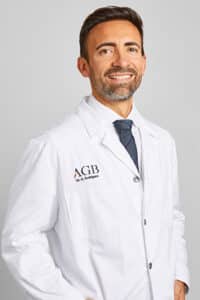
Weight in itself is not a determinant to perform this technique, although it is necessary to have deposits with sufficient volume of adipose tissue to be able to extract it. For example, it is possible to be well overweight but have “love handles” or “love handles” to serve as a donor area. It must be taken into account that only 30-40% of what is extracted is of sufficient quality for transplantation.
There are no better or worse areas, although the most common areas are the abdomen, flanks and hips.
It is centrifuged or filtered to extract viable cells. Broken cells, blood, infiltration fluid, etc. are discarded.
We cannot keep the excess fat, so we try to remove only what is going to be used and leave areas with fat that can be useful for a possible retouching in the future.
A cup can be gained in a single session. What we know is that if the procedure is repeated, more volume can be gained since the adipose tissue is grafted in an area that already has tissue of the same kind. The recipient area accepts the tissue better and there is less reabsorption.
Adipose tissue is a living tissue, so the cells behave like any other in the body. If weight is lost the cells will reduce their volume and conversely if weight is gained. The number of cells remains stable. We all know that when you lose weight there are areas that lose weight earlier than others. There will be women who lose facial fat sooner, for example, than breast fat. This is not predictable.
Possibly. There are variations within the organism in terms of volume gain according to areas.
The breast is swollen but the pain is much less than with a breast augmentation with implants. What may be more uncomfortable is the donor area, where we have aspirated to obtain the fat.
Yes, fat is part of the structure of the breast and there is no problem in placing an implant if more volume is desired.
Yes, but we must take into account that we cannot put fat in the space left by the implant, because the cells do not take. Part of the fat can be transplanted and the rest in a second or even third time. It must be taken into account that the volume achieved will be smaller.
There are many groups in the world including ours that have been using this technique for years. Like any surgical procedure it is not exempt from complications that must be known, but the procedure has been improved so that at this moment it is part of the safe techniques used by plastic surgeons.
There is no known relationship between adipose tissue transplantation and cancer and if anyone is currently saying otherwise they are causing unfounded (or interested) fears. What can happen, and this is a function of the technique, is that small fat cysts or microcalcifications (microscopic cysts that accumulate calcium) may occur. They have no more importance than that related to the interpretation of mammograms, so a mammogram is always performed before the intervention and another one a year later to determine the changes produced by the intervention. It has been proven that techniques such as breast reduction cause many more changes in the mammography image than a fat transplant in the breast.
No. In fact, mammographers interpret a breast with fat tissue much better than with an implant. Fat looks “transparent” on the mammogram and is much better visualized. A mammogram should always be done before the procedure so that the specialists can assess the changes.
The breast is totally natural. What we can do with fat transplantation is mainly to change the shape, so it is very useful to correct asymmetries in the shape of the breast (for example, a tuberous breast). What fat does not give is projection: fat is distributed throughout the breast and gives volume, but does not push it. Instead, the prosthesis is contained in a “pocket” behind the gland that pushes it forward. This is the main difference in shape between the two techniques.